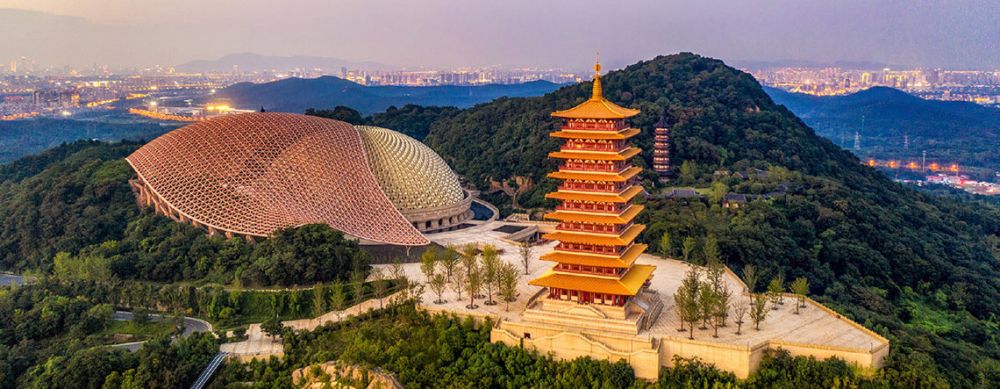

Nanjing, one of the four ancient capitals of China, boasts a rich history and cultural heritage that dates back to the Paleolithic Age. As the capital of several Chinese dynasties and governments over centuries, the city has a wealth of historical monuments and relics that have been attracting tourists and scholars from around the world. The history of tourism in Nanjing can be traced alongside the city's development and pivotal moments in Chinese history.
Tourism in Nanjing began to flourish in the early 20th century with the establishment of the Republic of China. Visitors were drawn to the city's ancient heritage, becoming a site for cultural and historical tourism. Among the most famous attractions are the Sun Yat-sen Mausoleum, honoring the founding father of the Republic of China, and the Ming Dynasty Imperial Palace, which provides a glimpse into the grandeur of China's imperial past.
In the 1980s and 1990s, with China's Open Door Policy and economic reforms, Nanjing saw a surge in international attention and tourism. The city's tourism infrastructure developed rapidly, with the construction of modern hotels, improved transportation networks, and the professionalization of tourism services.
In the 21st century, Nanjing's tourism has focused greatly on heritage and cultural tourism. The city is home to several UNESCO World Heritage Sites, including the Ming Xiaoling Mausoleum and parts of the Grand Canal. Efforts have been made to preserve old buildings and historical areas, such as the Fuzimiao (Confucian Temple Area) and the ancient city wall, which are now major tourist attractions.
One cannot discuss Nanjing's tourism without mentioning the Nanjing Massacre Memorial Hall, which commemorates the victims of the Nanjing Massacre in 1937. This site has become an important destination for both Chinese and foreign visitors to learn about and reflect on this tragic chapter of history.
Recently, Nanjing has seen a growing trend of experiential and ecological tourism. Purple Mountain offers various natural attractions where visitors can hike and enjoy the lush forests and diverse flora and fauna, while also visiting historical sites like the Xiaoling Tomb of the Ming Dynasty.
Nanjing has also hosted several international events, such as the 2014 Youth Olympic Games, which increased its global profile. These events have fueled the growth of sports and event-based tourism in the city.
The city's cultural life, with its museums, traditional Chinese opera, and annual lantern festival, continues to attract tourists. Moreover, Nanjing's rich culinary scene offers travelers the chance to savor authentic Huaiyang cuisine, one of the major traditional Chinese cuisines.
Today, Nanjing remains a vibrant mix of historical significance and modern development, and it continues to develop its tourism industry to share its remarkable past and present with the rest of the world.